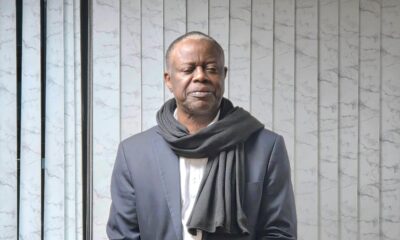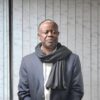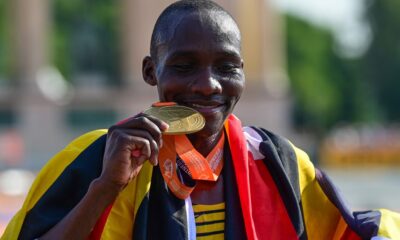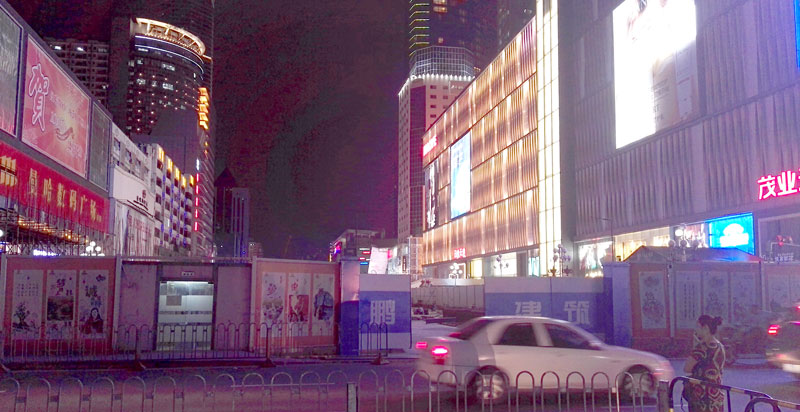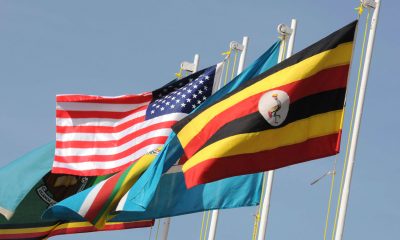human traffickingFeatures
Shenzhen, China’s technology capital
When you speak to Ugandans who travel to China, a flourishing port metropolis that has become the world’s shopping mall. It is here that importers buy merchandise such as cloths or electronics that they resell in Kampala, Nairobi or Dar es Salaam.
Airlines plying routes to and from China, make a killing as traders fill planes daily for Guangzhou, Beijing, Shanghai and Hong Kong from Ethiopia capital Addis Ababa or Kenya’s Nairobi.
But my seven-day visit to China at the end of April led me to a lesser known but equally adorable city Shenzhen, courtesy of technology giant Huawei. It is the fourth biggest city in China after Guangzhou, Beijing and Shanghai. Shenzhen lies about 100km south of Guangzhou with a population of about 16 million people.
Unlike other Chinese mega cities, Shenzhen’s history as a city dates back only 3 decades ago. The place was originally a fishing port before the government of President Deng Xioping (who led China between 1978 to 1989), dramatically transformed three decades into a Special Economic Zone (SEZ).
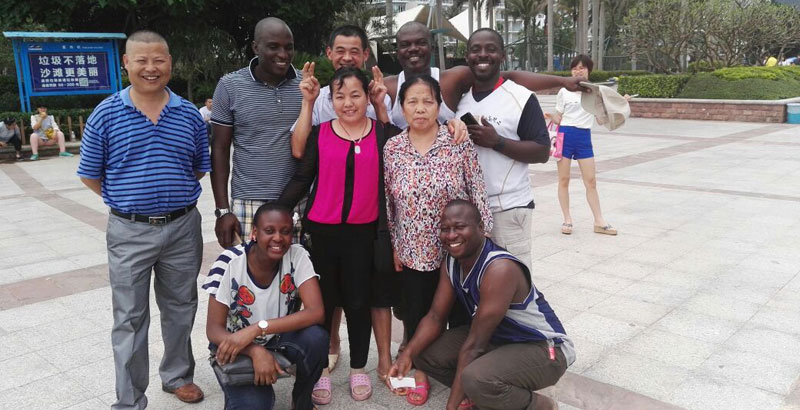
Chnina-Some-of-the-Seeds-for-the-Future-participants-at-the-Splendid-China-cultural-center-in-Shenzhen
Today, this is an enviable city with modern well paved and lit streets. The city boasts ultra-modern shopping malls, and is dubbed the technology paradise of China rivaling America’s Silicon Valley.
The people of Shenzhen have embraced a “Can Do Spirit” backed up with a supportive local administration. We accessed Shenzhen through Hong Kong, the former British colony which is a semi-autonomous territory of China.
Shenzhen is one of the fastest growing cities in the world. The city started as a special economic zone in 1980, becoming an epicenter for China’s speedy transformation and economic momentum. Three decades ago, this was a fishing village called Baoan County. It was renamed Shenzhen in 1979 when it was prepared to turn into a special economic zone.
The city does not therefore have many historical attractions, yet whatever is happening in Shenzhen is monumental. Shenzhen is a tale of China’s contemporary history. Yet, children and youth of Shenzhen have not been plucked out the ancient China, as so much about China is not only taught in schools but also has been recreated in theme parks that are used for education and entertainment purposes. One such place is Splendid China.
The group of 10 Ugandan officials that had been handpicked by the State House in Uganda were taken here to experience the ancient in the modern China. Splendid China is a cultural centre for the entire Chinese cultures where both locals and foreigners go in droves daily. More people go there on weekends as the people and companies of Shenzhen respect their weekends. I was privileged to visit Splendid China.
Here, we were entertained to the ancient battle field where Chinese emperors and generals fought using horses. We also watched musical plays with displays of the beauty of Chinese customs and norms as well as history and legends.
At Splendid China, are recreated arts pieces for the rest of Chinese history including a mini-great wall of Beijing as well as palaces and temples of Chinese heroes. The evenings are dedicated to soap operas and on this day, The Chinese Evening Party, was showing. The play displays Chinese costumes, colours, romance told in fables. Away from the city, we visited the Dameisha, on the China Sea.
It is a free to access public beach with white sands and fresh fish that remind you of the coastal towns of Malindi or Dar es Salaam. Another wonder in the city is the Window of the World where the world is recreated for Chinese people to know what happens in the rest of the world in just a single day.
Progressive government
The government in Shenzhen has put in place attractive packages to attract top talent to the city in the areas of innovation. The Shenzhen government offers financial subsidies for start-ups as well as those setting up “maker spaces” to attract entrepreneurs and hobbyists developing their own hardware products.
Dozens of incubators and accelerators offer varying levels of investment and expertise. For the next stage of funding, Chinese internet groups such as Baidu, Alibaba and Tencent all have venture capital arms, and international VCs have scouted here, including Sequoia Capital, which has backed DJI, China’s leading drone maker.
Shenzehen is home to Chinese tech industry giants such as Tencent and Huawei Technologies, as well as drone maker DJI and smartphone manufacturer OnePlus. The former special economic zone invests in research and development than anywhere else in China.
Our guide told us that real estate has made Shenzhen locals wealthy that they send their children across the border in Hong Kong where they are taught in English, and whose education is more western.
Young city
While much of China is aging, in Shenzhen, the average age is 25. Our guide also intimated that there is an imbalance in the gender in the city whereby the ratio of men to women is 1:7. Here she joked that men in Hong Kong keep a wife back home and cross to Shenzhen over the weekend where they have a string of girlfriends. Just before I forget, Hong Kong is a part of China but with its own administrative powers.
The government in Hong Kong runs its metropolis separate from that of Beijing. As a result, one needs a visa to cross to the semi autonomous city. Shenzhen, a former fishing village, was like the backyard of Hong Kong some three decades ago. The residents here were either fishermen or farmers and they held lots of land.
Technology capital
You can comfortable say Shenzhen is the Silicon Valley for hardware technology. Most tech companies manufacture their hardware from here, including blue-chip technology companies such as HP. Shenzhen accounts for half of the country’s international patent applications and local companies such Huawei, are a pride of the city as they are taking on the world by surprise with both intelligent hardware and software products. In Shenzhen, Huawei has its headquarters and a research base which in total employs at least 60,000 people.
There are malls here famous for easy availability of parts and gadgets such as electronics at Huaqiangbei electronics market. At Huaqiangbei, one sells all parts to make computers, cameras, drones, televisions, name it. Many Chinese traders are honest about their products.
They ask if you need an original or just a copy. And for every copy, has another copy, which means, there are few original products in the shops. However, I admired the thriving entrepreneurial spirit in Shenzhen. Our host Huawei, not only took the visitors through the technology the tech giant is spearheading, but also, gave us a view of Shenzhen and its spirit.
You can say Shenzhen is a smart city. An intelligent city. From its traffic that monitors vehicles from tunnel to tunnel, to neighborhoods whose security is monitored by cameras. No wonder, the city has evolved from a dirty factory town to being China’s leading innovation hub.
The city’s growth has been spurred with the availability of government and private finance, technology and creative industries. And the atmosphere in Shenzhen is special.
It is that of a role model for Africa’s innovation hubs such as Konza city in Nairobi. Although a freedom of speech and government clampdowns on social media are a common place, Shenzhen is a role model for many of our cities.
Comments



